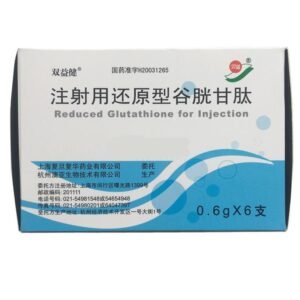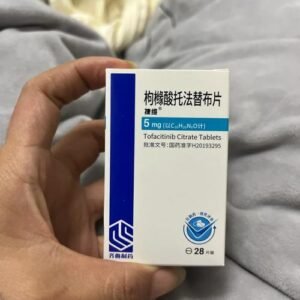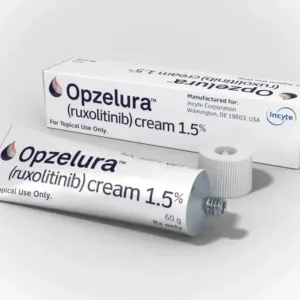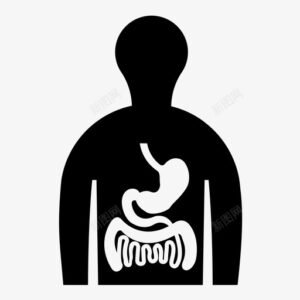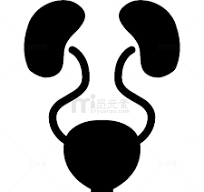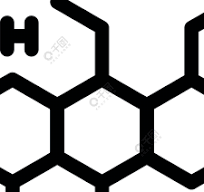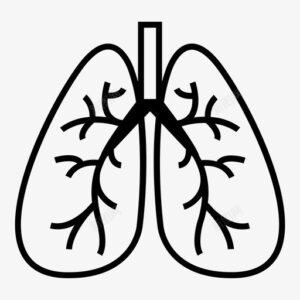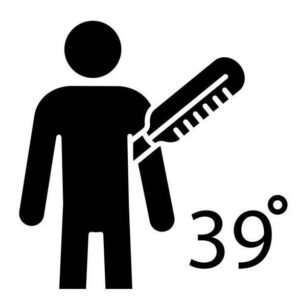Xeligekimab Injection.赛立奇单抗注射液. 商品名称:金立希®.
Instructions for Xeligekimab Injection
Please read the instructions carefully and use under the guidance of a physician
[Drug Name]
Generic Name: Xeligekimab Injection
Trade Name: Jinlixi®
English Name: Xeligekimab Injection
Pinyin: Sailiqi Dankang Zhusheye
[Ingredients] Active ingredient: Xeligekimab
Recombinant fully human anti-interleukin-17A (IL-17A) monoclonal antibody produced by Chinese hamster ovary cells (CHO cells).
Excipients: histidine, histidine hydrochloride, trehalose, methionine, polysorbate 80 and water for injection.
[Properties] This product is a colorless to light yellow liquid with a slight opalescence.
[Indications] Psoriasis. This product is used to treat adult patients with moderate to severe plaque psoriasis who are suitable for systemic treatment or phototherapy.
[Specifications] 1ml:100mg (prefilled syringe).
[Usage and Dosage] It should be used under the guidance and supervision of a physician who has experience in diagnosing and treating the indications of this product.
Dosage
For psoriasis, the recommended dose of this product is 200 mg each time, administered at weeks 0, 2, 4, 6, 8, 10 and 12, and then once every 4 weeks. 200 mg is administered in 2 injections, 100 mg each.
Method of administration: This product should be administered subcutaneously. If possible, injections should be avoided in the area of psoriasis lesions. With the approval of medical and health professionals, patients can inject this product by themselves after receiving subcutaneous injection technique training. Doctors should ensure appropriate follow-up of patients and instruct patients on its use. Comprehensive instructions for use are included in the package insert.
Special populations: liver damage, kidney damage. This product has not been formally studied in this patient population. Population pharmacokinetic (PopPK) analysis did not find a significant effect of liver and kidney function on pharmacokinetic parameters.
Elderly population. Currently, the exposure age range of this product is 18 to 70 years old. PopPK analysis did not find that age had a significant effect on pharmacokinetic parameters. It is recommended that the elderly population use it under the guidance of a doctor.
Children. There is no data on this product in children and adolescent patients (<18 years old).
[Adverse Reactions]
Summary of safety characteristics
The total exposure population to celikimab injection reached 1509 cases, mainly psoriasis patients, axial spondyloarthritis patients and healthy subjects, with a cumulative exposure of 727.6 patient-years. At the clinically recommended dose for psoriasis indications (administered at weeks 0, 2, 4, 6, 8, 10 and 12, and then every 4 weeks), the exposure time in psoriasis patients was 1 year for 300 people.
The most commonly reported adverse drug reactions (ADRs) for this product are upper respiratory tract infections and injection site reactions.
List of adverse reactions: Adverse drug reactions (ADRs) from clinical study reports are listed by MedDRA system organ classification.
In a randomized, double-blind, placebo-controlled Phase III clinical trial (project number: GR1501-004), the efficacy and safety of celecoxib in adult patients with moderate to severe plaque psoriasis were evaluated.
The Phase III clinical trial (GR1501-004) had an incidence of ≥5% in safety follow-up up to 60 weeks, including: upper respiratory tract infection 9.0% (37/413), eczema 6.3% (26/413), hyperlipidemia 5.8% (24/413), injection site reaction 9.9% (41/413). With the increase of cumulative exposure and the extension of exposure time, the incidence of adverse reactions increased, but the types and severity of adverse reactions were similar to those of 0-12 weeks, and the vast majority were still mild or moderate, and there was no obvious adverse reaction that increased in severity with the extension of exposure time.
Description of specific adverse reactions
Based on 664 patients with moderate to severe plaque psoriasis who received at least 1 dose of this product [including 413 patients in a Phase III clinical trial, 235 patients in a Phase II clinical trial, and 40 and 16 patients in two Phase I trials, respectively], more than 90% of the patients took the drug for more than 6 months, the median exposure time was 335.0 days, and the cumulative exposure was 505.2 patient years.
Injection site reactions
In the Phase III clinical trial (GR1501-004) of plaque psoriasis, the incidence of injection site reactions in the 12-week trial group at the clinically recommended dose was 9.3% (26/281), the placebo group was 1.4% (2/139), and the 60-week trial group had an injection site reaction incidence of 9.9% (41/413). The pooled analysis of 664 psoriasis patients treated with celecoxib showed that 10.2% (68/664) of patients reported injection site reactions, most of which were mild. The most common manifestations were erythema, redness, swelling, nodules and pain, which usually lasted for a short time. The overall reaction was mild and did not lead to discontinuation of the product.
Share:
Products
Our offers
Health Classification
Let us work together to protect precious health


